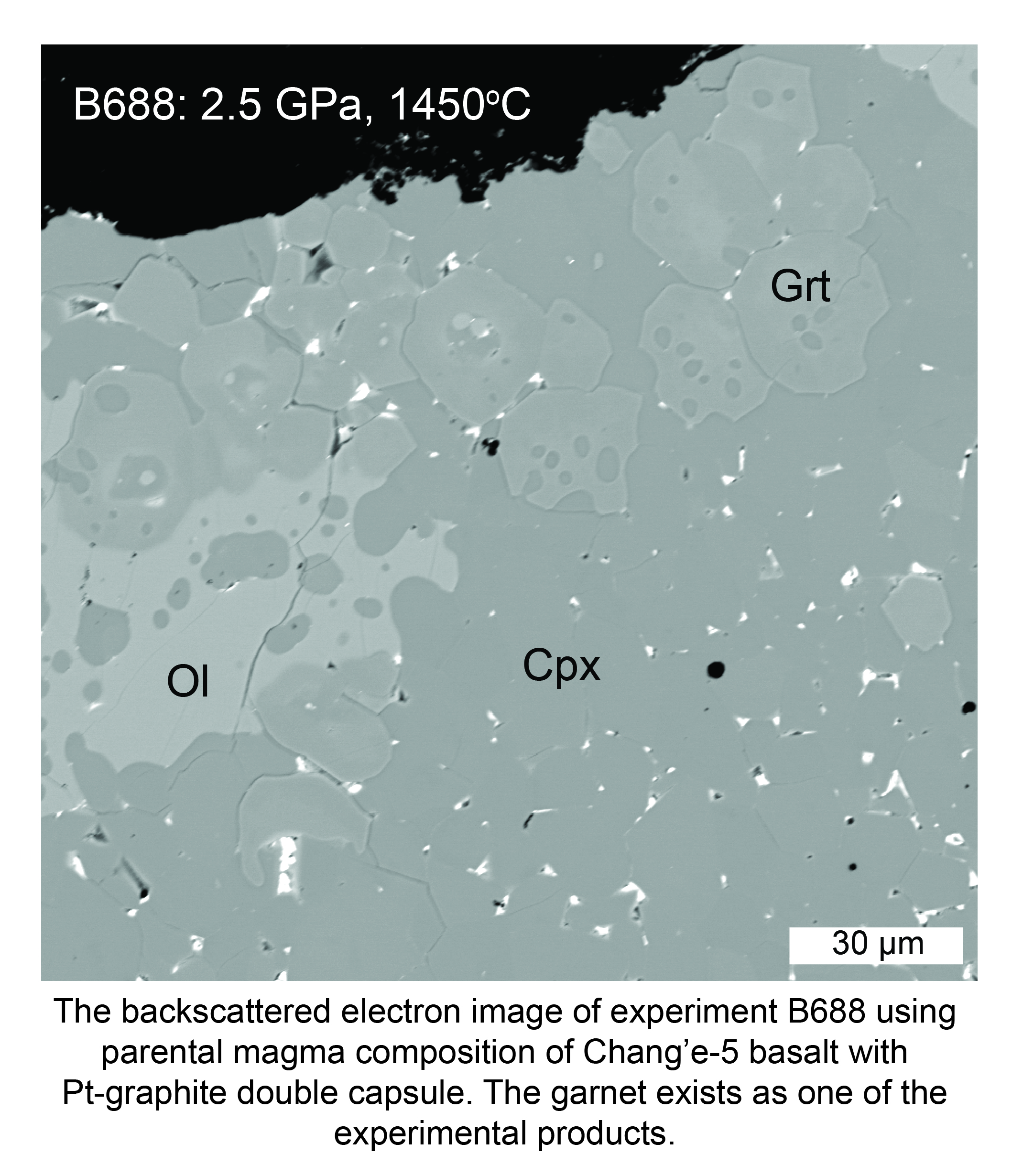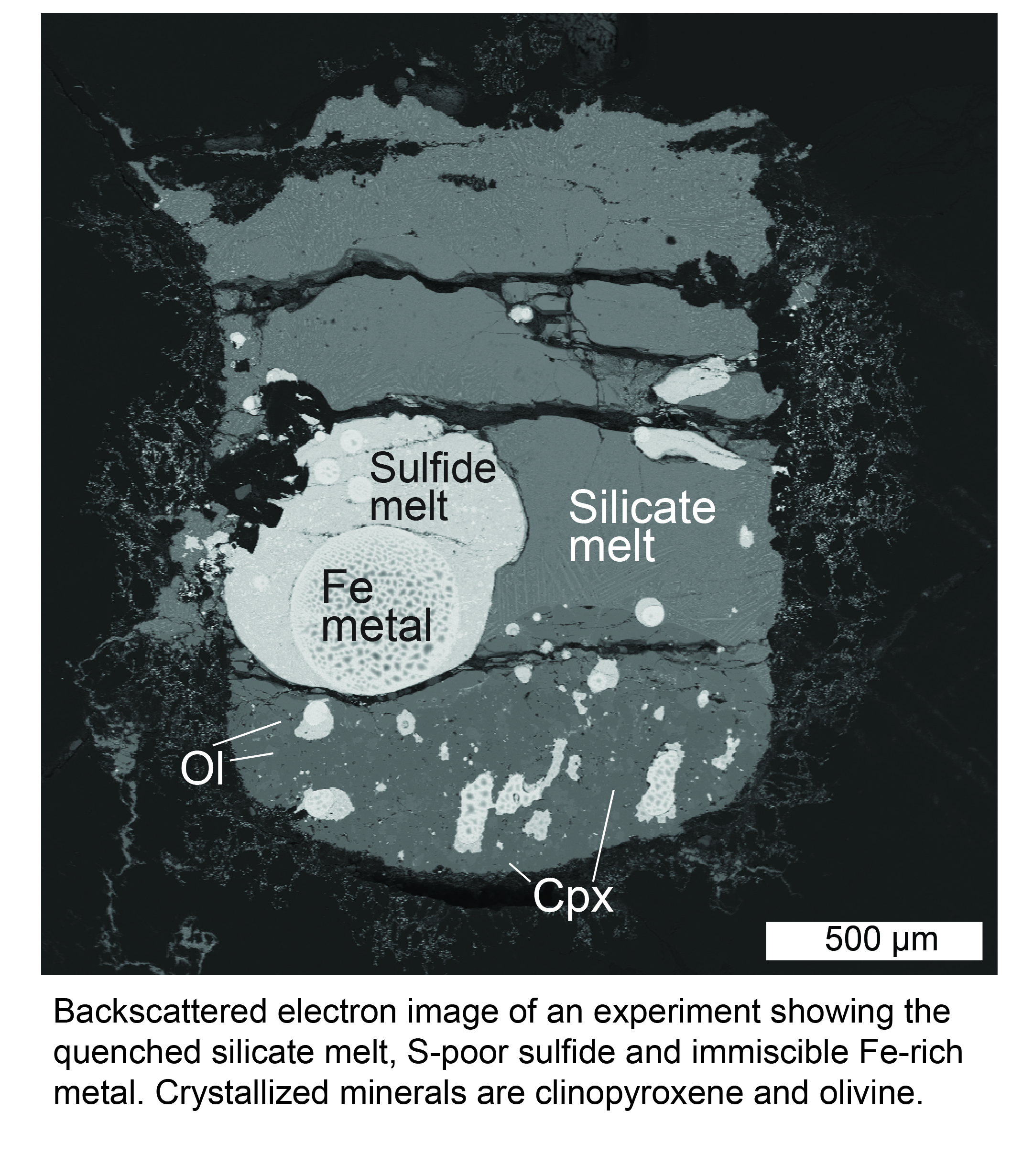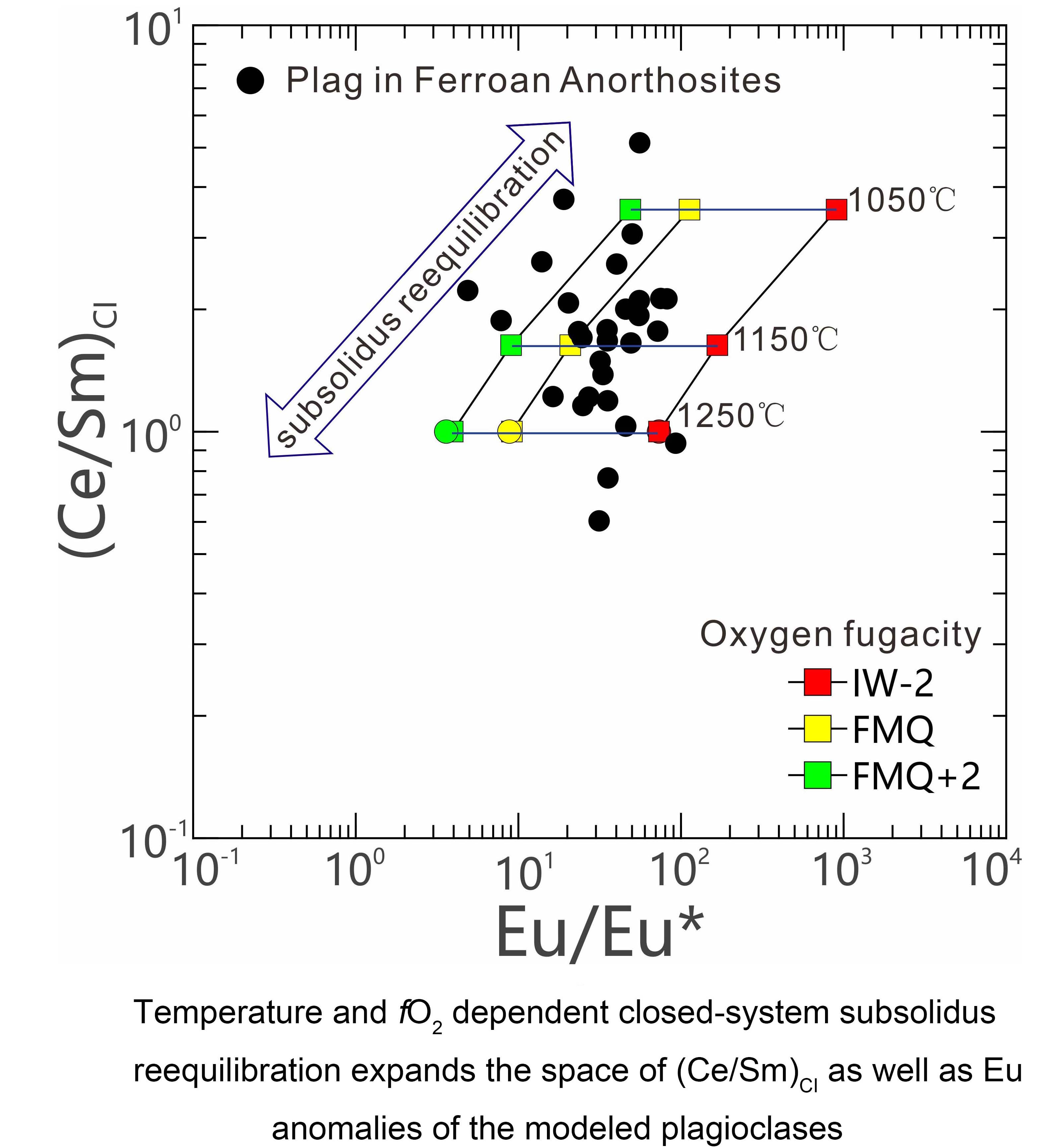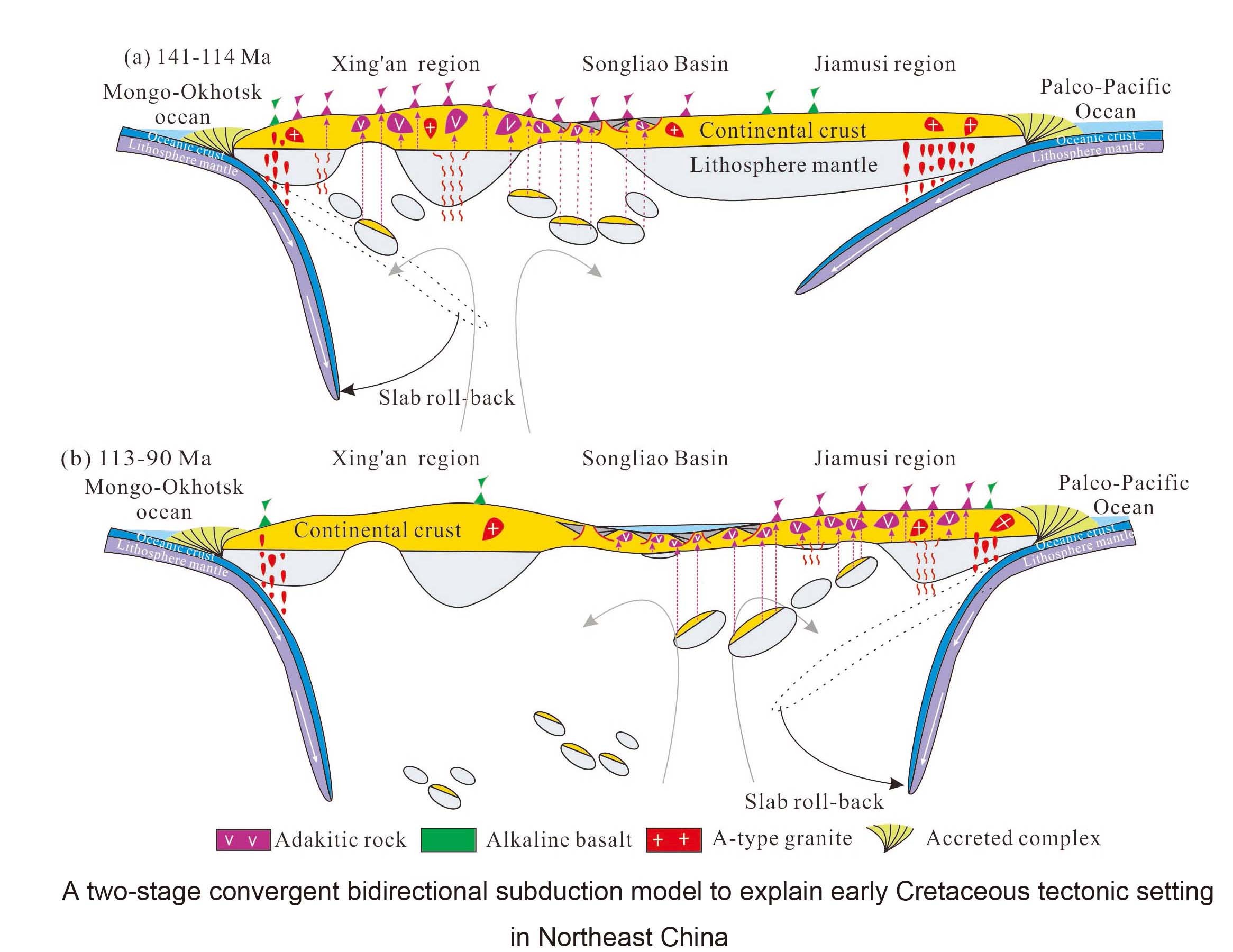The existence of garnet in the source of young lunar mare basalts
Ji, Dasgupta, Lunar and Planetary Science Conference (2025)

The Chang’e-5 mare basalts are the youngest returned lunar mare basalts to data (~2 Ga), offering insights into young lunar magmatism and providing valuable clues about the temporal evolution of the lunar mantle. In this study, we conducted high-pressure and high-temperature experiments, thermodynamic modeling, and trace element modeling, revealing that garnet is a stable phase in the young lunar mantle but may not have been present in the older Apollo low-Ti basalt source mantle. This discrepancy could result from mantle heterogeneity caused by lunar cumulate mantle overturn. This heterogeneous mantle survived the subsequent geodynamic evolution of the lunar interior and was preserved until ~2 Ga.
Sulfur inventory of the young lunar mantle
Ji, Dasgupta, Geochimica et Cosmochimica Acta (2025)

Early sulfur solubility experiments with Apollo sample compositions suggested the lunar mantle is sulfide exhausted. However, the existence of S-poor, Fe-rich, high metal/sulfur ratio sulfide, which may be stable under the low oxygen fugacities associated with the lunar mantle, could lower the sulfur concentrations at sulfide saturation (SCSS) dramatically, resulting in the residual mantle to remain S-saturated. To add to the debate on the fate of sulfide in the lunar mantle, we present new SCSS experiments for the putative parental melts of young Chang’e-5 (CE-5) basalt. We further developed a new thermodynamic SCSS model for the saturation of silicate melts with sulfides of variable S contents. Combining our experiments and model calculations, we found that the CE-5 mantle residue was likely sulfide-absent. Compared with the mantle of Apollo basalts, the ~2 Gyrs lunar mantle has much lower S abundances, which may suggest sulfur extraction over the magmatic history of the Moon.
Trace element partitioning between apatite and silicate melts
Ji, Dygert, Geochimica et Cosmochimica Acta (2024)

This project is aimed at understanding the partitioning behavior between apatite and silicate melts, and developing predictive models through a lens of high temperature and pressure experiments. We determine the effect of equilibrium temperature on the trace elements partitioning in apatite and analyze the partition coefficient between silicate melts and synthetic different end-member apatite (FlAp, OHAp and ClAp) to test the effect of X-site (F, OH, Cl) occupancy. We will build predictive models to calculate the partition coefficients of trace elements between apatite and silicate melts. In addition, a series of experiments with constant initial composition but different metal buffers in piston cylinder apparatus will be conducted to characterize the Eu anomaly of apatite under different oxygen fugacities.
Serial processing of the lunar crust
Ji, Dygert, Earth and Planetary Science Letters (2023)

We calculated REE and Eu distributions in lunar anorthosites according to recent fractional crystallization experiments and we find that crystalized plagioclase exhibit lager Eu anomalies than Apollo samples. Accoding to the numerical modeling, we suggest that subsolidus reequilibration after addition of a KREEP component reduces Eu anomalies and elevates Ce/Sm ratios, reproducing variations in the natural samples. We use Monte Carlo simulations to constrain lunar properties and conditions of subsolidus reequilibration, and proposal a serial processing model to reconcile the petrological, geochronological, and isotopic characteristics of lunar anorthosites and contemporaneous magmatism.
The petrogenesis of early Cretaceous adakitic rocks in Northeast China
Ji, Liu, Li, International Geology Review (2020)

Large volumes of early Cretaceous adakitic rocks crop out in northeast China. In this paper, we summarize their spatial-temporal distribution and geochemical characteristics, which indicate significant Phanerozoic crust growth in NE China. Based on their geochemistry, these adakitic rocks are mainly derived from partial melting of juvenile lower crust. We interpret the melting to have resulted from extension and associated delamination and we thus propose a new two-stage convergent bidirectional subduction model.




